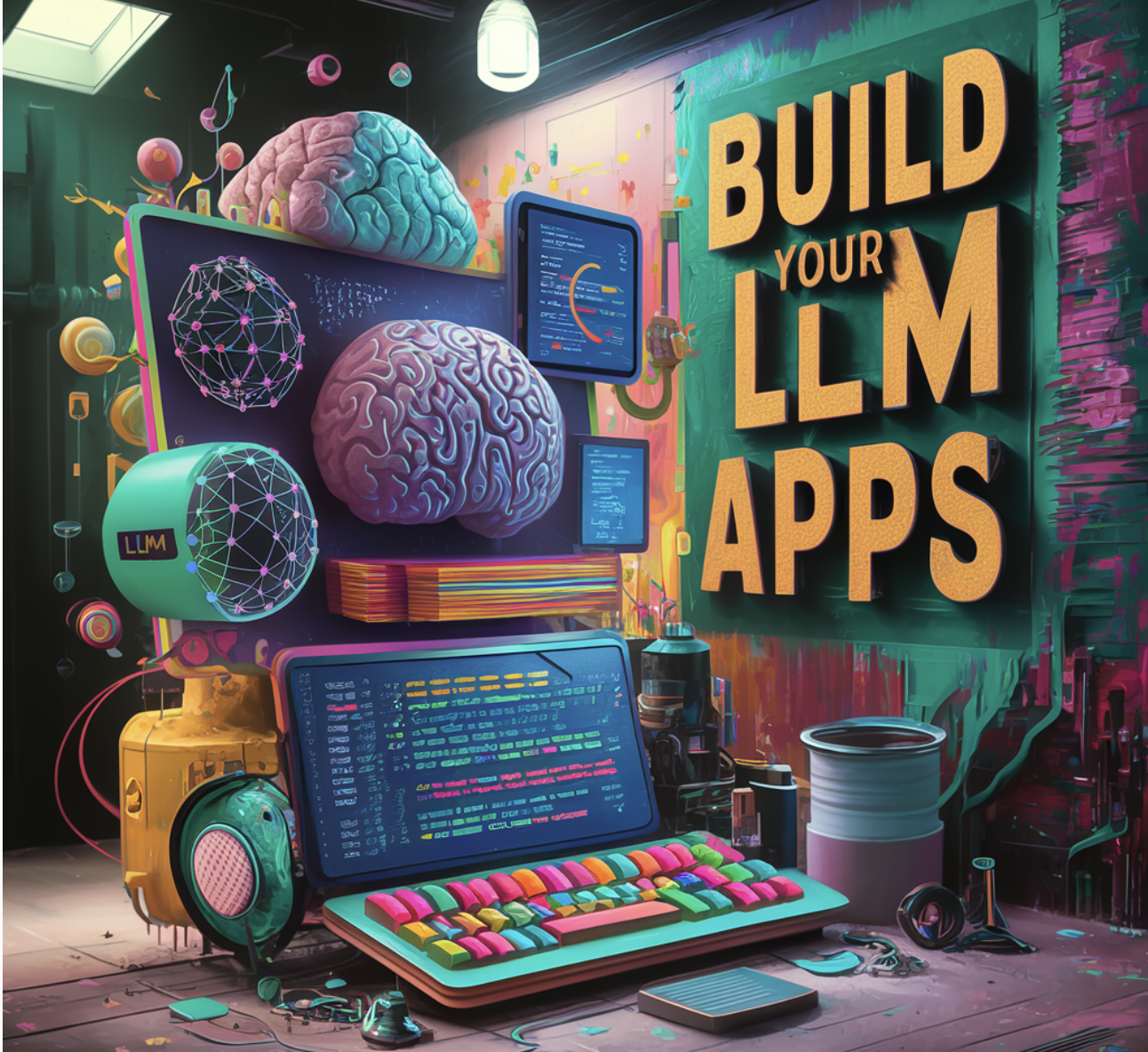Large Language Models (LLMs) like GPT-4 have become indispensable tools for developers and data scientists looking to leverage cutting-edge AI capabilities. However, navigating the complexities of developing, deploying, and managing LLM-powered applications can be daunting without the right tools. To address this, let’s delve into a collection of essential tools that significantly enhance the efficiency and effectiveness of working with LLMs.
- Hugging Face: Hugging Face transcends its role as an AI platform by providing an extensive ecosystem for hosting AI models, sharing datasets, and developing collaborative projects. It supports various AI frameworks, enabling users to train, fine-tune, and evaluate AI models across domains, including NLP, computer vision, and audio processing. Hugging Face’s strength lies in its collaborative community, vast model repository, and easy-to-use APIs, making it a hub for novice and expert AI practitioners. It facilitates seamless model sharing and collaboration, accelerating AI research and development.
- LangChain: LangChain is designed to enhance the composability and integration of LLMs into diverse applications. It provides developers with tools to incorporate various data sources and contexts, enabling the creation of sophisticated, context-aware applications. LangChain’s innovative tool, LangSmith, further streamlines the development process by offering a unified platform for rapid LLM application prototyping and production. Its approach to AI development democratizes access to advanced language models, allowing even those with limited AI expertise to build powerful, AI-driven solutions.
- Qdrant: Qdrant is a high-performance, Rust-based vector search engine tailored for machine learning applications. It excels in scenarios requiring fast and accurate similarity search, such as semantic search, recommendation systems, and anomaly detection. Qdrant’s design prioritizes speed and scalability, easily handling large-scale datasets while providing advanced filtering and query capabilities. Its API simplifies the integration into existing pipelines, making it a go-to choice for developers needing robust, production-ready search functionality in their LLM applications.
- MLflow: MLflow offers a comprehensive platform for managing the end-to-end machine learning lifecycle. It provides tools for experiment tracking, model evaluation, and deployment, catering to the needs of LLM application development. With MLflow, developers can compare different models, manage deployment pipelines, and optimize LLM performance through a unified interface. Its LLM support includes specialized features like the Deployments Server and Prompt Engineering UI, which address the unique challenges of working with large language models.
- vLLM: vLLM is a cutting-edge inference and serving engine designed specifically for the demands of LLM applications. It offers unparalleled serving throughput and efficient memory management for attention mechanisms, essential for processing large models like GPT-4. vLLM’s support for continuous batching, optimized CUDA kernels, and compatibility with NVIDIA CUDA and AMD ROCm platforms make it ideal for developers seeking efficient and scalable LLM inference solutions.
- LlamaIndex: LlamaIndex revolutionizes semantic search by leveraging LLM embeddings for indexing and retrieving text passages. It excels in building applications that require nuanced understanding and retrieval of information, such as advanced search engines, content discovery platforms, and personalized recommendation systems. LlamaIndex supports many open-source embedding models, offering scalability and flexibility for deploying cloud-native, high-performance semantic search applications.
- Haystack: Haystack provides an all-in-one framework for constructing document search and question-answering systems using LLMs. It integrates seamlessly with multiple document stores and supports scalable vector similarity search, making it suitable for various applications, from enterprise knowledge management to customer support automation. Haystack simplifies the development of sophisticated search interfaces and QA systems, handling everything from document ingestion to answer extraction.
- Helicone: Helicone is a specialized framework that simplifies interactions with open-source GPT models like Bard, Bloom, Claude, and PaLM. It offers tools for model querying, fine-tuning, and analysis, focusing on model transparency, auditability, and optimized serving. Helicone is particularly beneficial for projects prioritizing model customization, offering streamlined processes for deploying low-latency, highly efficient model-serving infrastructures.
Each of these tools can play a crucial role in the development ecosystem of LLM applications, addressing specific challenges and enabling developers to push the boundaries of what’s possible with AI. Whether you’re looking to integrate LLMs into your application, manage the lifecycle of your models, optimize search functionalities, or streamline model interactions, these tools offer the capabilities and support needed to achieve high-quality, efficient, and scalable solutions.
Hello, My name is Adnan Hassan. I am a consulting intern at Marktechpost and soon to be a management trainee at American Express. I am currently pursuing a dual degree at the Indian Institute of Technology, Kharagpur. I am passionate about technology and want to create new products that make a difference.





